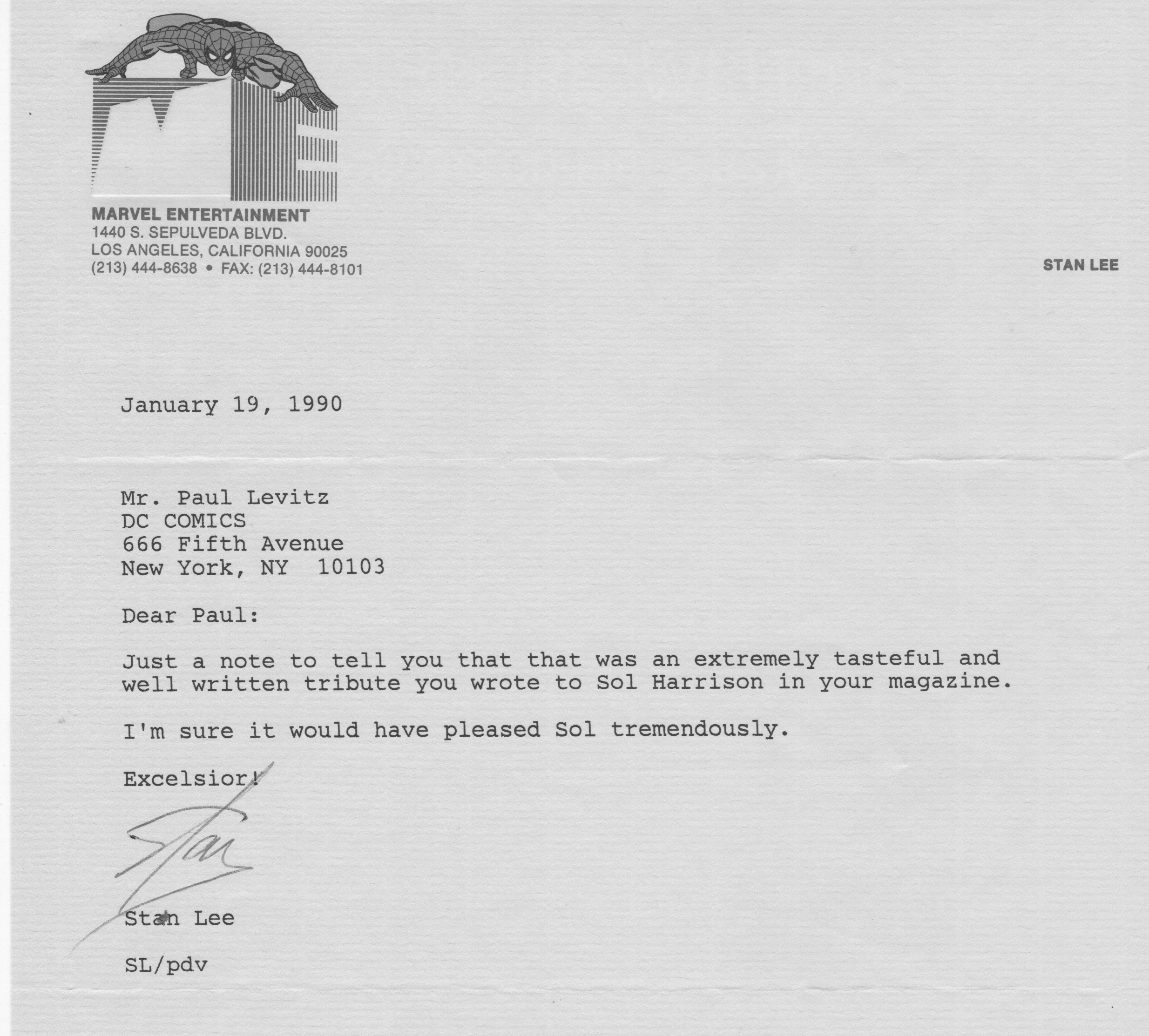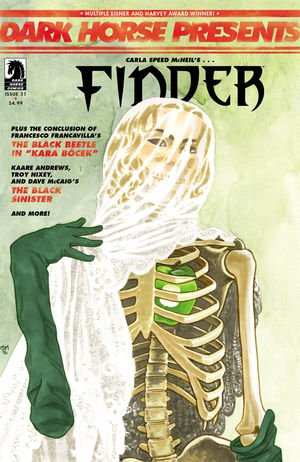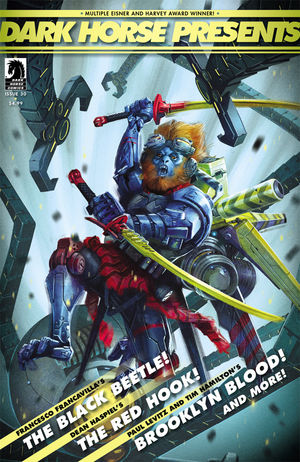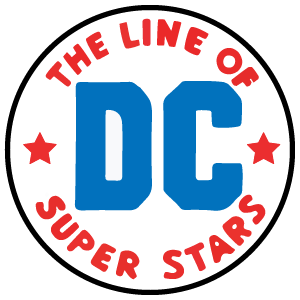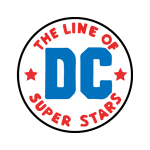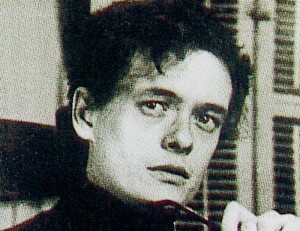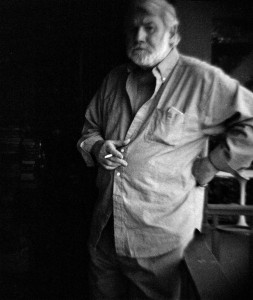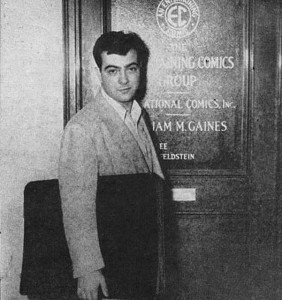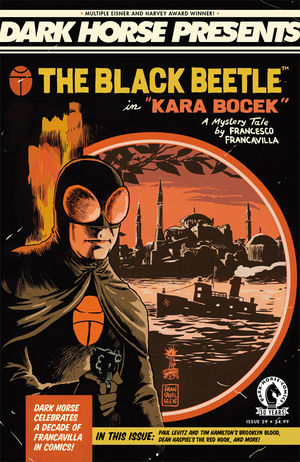The ACTION COMICS celebration volume is hitting stores this week, so I thought I’d jot down a few thoughts about it and my journey with ACTION. In a way, I came to comics through ACTION, as #300 was brought to me by my babysitter when I was 6, the first comic I remember owning. I’d read others, from the boxes of comics older kids kept in their garages (a Brooklyn behavior of the ’60s), but this one was mine. And it had a subscription ad in it, offering a year more for only $1…a sum I managed to talk my parents out of, and soon the copies were coming through the mail slot, folded and wrapped in a brown wrapper.
I never got to write a story for ACTION, or even a letters page, though some of my ‘house’ pages like DIRECT CURRENTS certainly showed up there. The closest I came is the five page Superman story “The Game,” which is in the celebration volume. Neal Adams and I produced it not knowing whether it would make it into ACTION #1000 itself or get slotted for the celebration. Close, but no cigar.
There are a lot of stories that could have made it into the celebration volume, and a lot of other writers who would have had interesting commentary to offer. Almost got Michael Chabon to contribute, but other deadlines intervened. Still, Feiffer, DeHaven, Tye, Yang, Hajdu…not bad. And I remembered about Marv’s unpublished Siegel & Shuster era Superman story and he was willing to include it.
Best of all, though, was getting Laura Siegel Larson to pen a piece about her dad. It’s been a thrill/relief/pleasure to reconnect with Laura now that the long legal tangle between her family and DC is over. My long friendship with her parents was one of the nicest intersections of my fan spirit and professional life. Marred, of course, by the fact that it took so long to reach a resolution, but now rejoined and I can happily watch generations of Siegels benefit mightily from the magic that Jerry gave the world.
There are no letters pages any more, and precious little feedback on projects like the celebration, but if you enjoy it, shoot me a comment here or on Facebook or however. Hope you do…
